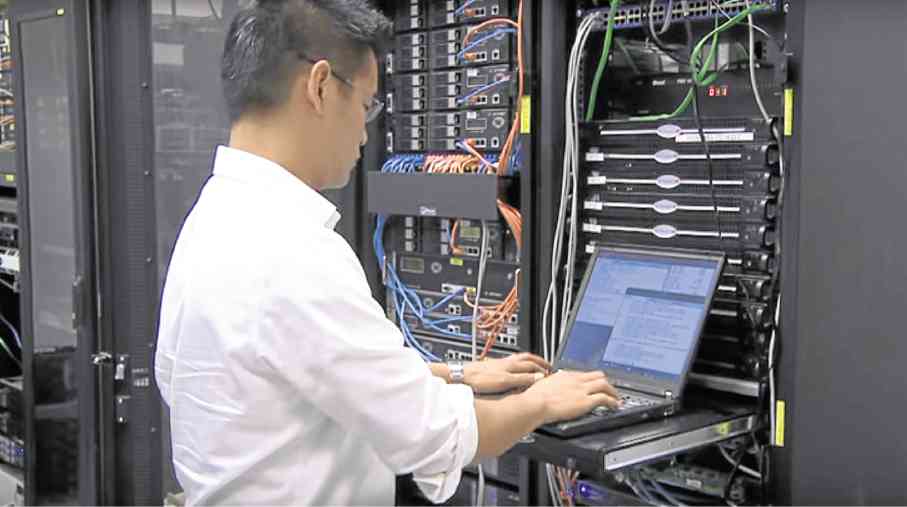Banks pressed to step up game
The emergence of fintech startups (companies that use technology to make financial services more efficient) and new disruptive technologies are changing how banking is being done and the way financial services are being delivered.
Spurred by competition from fintech startups—who are introducing new consumer initiatives such as peer-to-peer and marketplace lending and crowdfunding—banks are increasingly turning to technology to improve their processes and business models in order to redefine the experience for customers.
The Economist reports that more than $25 billion has been invested in fintech globally over the last five years, and fintech firms today are challenging banks in almost every product and service area they offer. In China, for example, fintech players Tencent and Alipay already hold more customers than the leading banks.
To counter this challenge, many banks are beginning to break down their internal business and technology silos, migrating legacy and transaction systems to more responsive solutions, and exploring better ways of sharing customer data. Some banks have migrated some of their legacy systems to the cloud, with employees accessing a large range of data repositories. Others banks are implementing service-oriented architectures that enable interoperability and link their front-end systems and customer interfaces to common data sources and applications.
Growing risks
With these changes, financial institutions and banks will have to process greater volumes of data. Analysts have predicted that data used by banks will increase seven-fold between now and 2020.
Article continues after this advertisementA lot of the data being generated includes customer financials, account information, cardholder data and transactions and personal information, all of which are regulated and potentially sensitive or private.
Article continues after this advertisementAs digital [and mobile] transactions become commonplace, banks moving to embrace and enable the new digital economy will inevitably face increased security and data risks. They are likely to face new strains of malware and innovative phishing attacks aimed at exploiting loopholes as banks start to share more customer data between branches, mobile users, and even through the cloud.
Rising cybercrime, hacking attacks, and data leaks have boosted the importance of sophisticated security programs. The availability of more mobile smartphone platforms will also continue to expose banks to security attacks.
And Big Data breaches can also lead to serious reputational damage and legal repercussions.
In 2015, JP Morgan suffered the largest banking corporate hack ever when 83 million records were stolen. In this attack, the stolen data wasn’t credit card numbers or banking information, but e-mails. The hackers then used the stolen e-mail data to manipulate the stock market.
Blockchain technology
Financial firms, faced with the need to lower costs, improve customer service, and meet regulatory and compliance requirements, are constantly on the lookout for new financial tools.
Many are keeping up with innovation by experimenting with new technologies such as Blockchain—the software behind Bitcoin—and streamlining their IT operations.
Many digital transactions today still depend on legacy processes, and can be exposed due to oversight, untrained management, and inadequate certifications of trust.
At the same time, a key trend impacting the financial industry is that payment options are still developing and become more diversified, and many banks are still looking for a way to develop a resilient processing infrastructure.
Staying vigilant
Fintech is starting to fill some of the traditional roles played by banks, and new mobile banking and payment technologies are making it easier to improve the customer experience.
Financial and banking institutions cannot let their guard down when adopting new technologies and solutions, and need to continually safeguard their data from breaches, and continually invest in revamping their security postures as external attacks evolve. —Contributed
